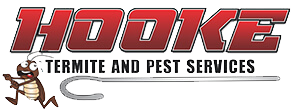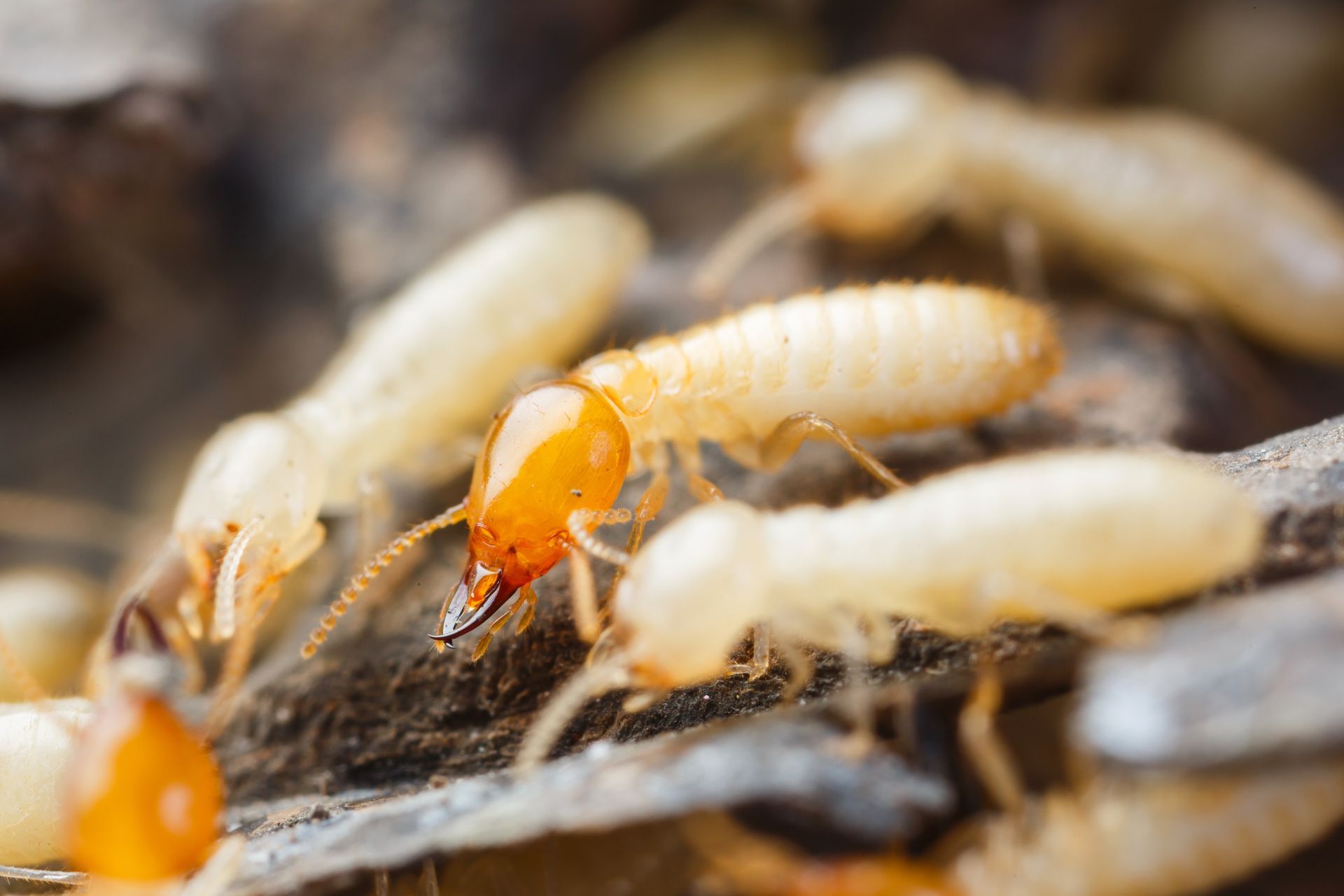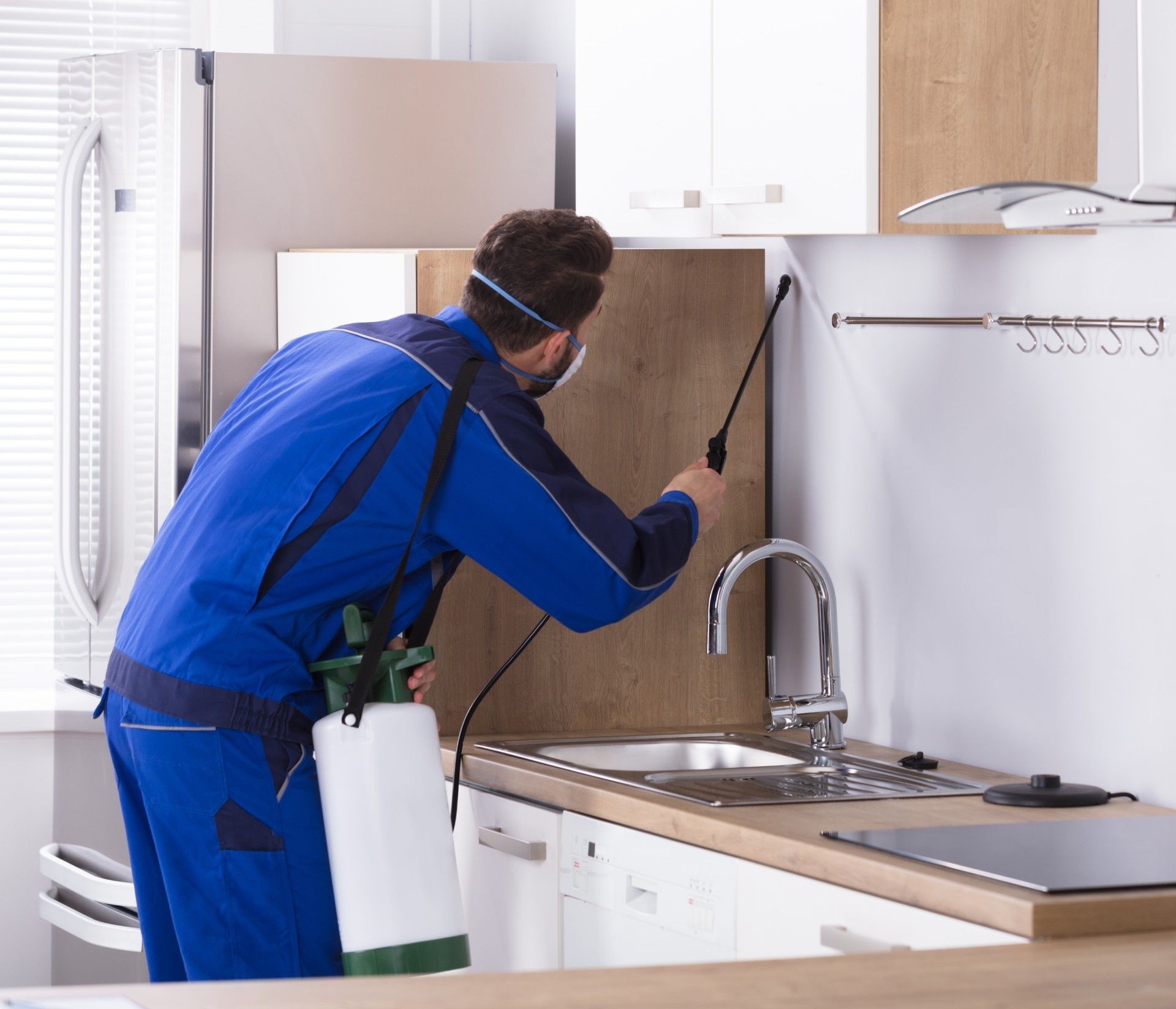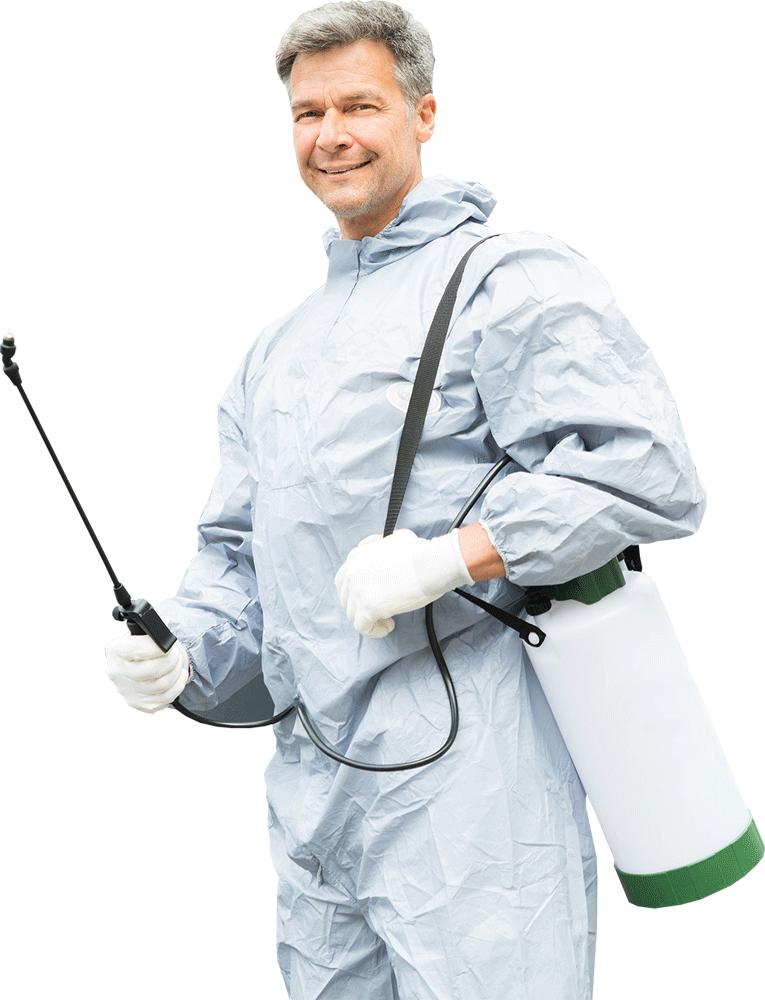Termite Control
Termite Control Services in San Bernardino and Upland, CA
Hooke Termite & Pest Services is dedicated to providing results-driven termite control services to home and business owners in Pasadena, Monrovia, Covina, San Dimas, La Verne, Claremont, Chino Hills, Upland, CA and surrounding areas. We take a systematic approach to termite control and prevention. With state-of-the-art technologies like termite barriers and commercial-grade pesticides, we will solve your termite problem once and for all.
Don't put your investments at risk. Call us now to schedule a comprehensive inspection or for any other inquires.
Termite Inspection and Assessment
There's more to a termite inspection than you may think!
A termite inspection also known as a Wood Destroying Organism (WDO) inspection is a thorough assessment of a building or structure to identify any infestations by a wood destroying pest or organism or damages caused by an infestation or infection of a wood destroying pest or organism. Symptoms that can be conducive to an infestation of wood destroying pests or organisms or damage caused by these infestations are also noted in this report. For simplistic purposes, from this point on, I will be referring to the WDO inspection as a termite inspection.
There are 3 branches of structural pest control in the state of California. Branch 1 is fumigation. These are the guys that put the tents on. Branch 2 is for general pests. This is the branch that takes care of the bugs that don't eat at your home (ants, spiders, fleas, roaches, etc.). Branch 3 is the WDO branch. This branch takes care of the bugs or infections that will structurally damage a home or building. This article will focus on Branch 3.
To conduct a termite inspection in the state of California, it is required to be a licensed Branch 3 Field Representative of a termite company that is licensed and registered by the Structural Pest Control Board operated by the Department of Consumer Affairs. All registered companies must carry liability insurance and must be bonded. If a policy or bond is cancelled or lapses, the Structural Pest Control Board will automatically suspend their license and any operations thereof. So, you know that when we send a trained, licensed, and experienced inspector, you and your home are protected. This piece of mind can mean everything to a concerned homeowner whose home is their castle or realtor that cherishes their reputation. There is nothing that is worse than finding out that you hired or sent an uninsured and unaccountable inspector.
Now that I have gone over the licensing and official jargon, we can get into the actual termite inspection process. There are multiple types of termite inspections.
The most common type of termite inspection is a complete inspection. This inspection consists of a thorough visual inspection of the exterior, interior, subarea (crawl space) if applicable, garages, patios, abutments (attached structures such as wood framed and stucco walls/pillars, etc.). Areas with visible and apparent damage or evidence of infestation are probe tested to identify the extent of the infestation or damage. This will help the termite inspector with assessing the correct treatment and/or repair method and materials necessary to complete the work being proposed.
Another common form of termite inspection is a limited inspection. This inspection is limited to a specified area or areas per owner or agent. This usually comes into play when dealing with condos in which the Homeowners Association takes care if the exterior and not the interior, or if a singular problem or issue is noticed by an owner or tenant and a complete inspection is not requested.
A reinspection is a form of reinspection that is usually made to verify that repairs done by others has been completed in a workman like fashion as required by the Structural Pest Control Act (our rule book).
A supplemental inspection is usually made when an inaccessible area has been opened for inspection. For example, a water stain on the living room ceiling located directly under the master bathroom stall shower would warrant a supplemental inspection once the ceiling has been opened in order to check for a viable shower pan or the source of the leak.
There are many factors involved when considering the amount of time that it will take to perform a complete termite inspection. This includes but is not limited to; the size of the home, the year the home was built, the amount of exposed wood on the exterior, out-buildings or attached structures (such as garages, patios, gazebos, carports, guest houses, etc.).
At Hooke Termite & Pest Services, we usually like to begin the inspection on the exterior to create a diagram of all buildings or structures to be inspected. These diagrams are not to the exact scale of the structures, but we pride ourselves on the quality of our diagrams. We believe that every termite inspection report that we provide to our customers is equivalent to a job application and we strive to secure every job that we apply for.
Once the diagram is completed, the termite inspector will perform a visual inspection of the accessible and exposed exterior wood members, performing a probe test where warranted. At this time, any material lists, paint samples, and estimated repair times will be noted on the termite inspector's field sheet.
Now it is time for our termite inspector to perform the interior portion of the inspection. The interior portion of the termite inspection is also a visual inspection. We begin the interior portion of the termite inspection by locating any and all stall shower pans.
All stall showers are tested as per the Structural Pest Control Act. This process consists of plugging the drain to the stall shower and filling the pan with water up to 1" from the brim of the dam wall. The pan will stay plugged and filled for the next 15 minutes to make any existing leaks visibly detectable to the termite inspector. After the 15-minute period, the drain is unplugged, and the remaining water is drained from the shower pan.
While the pans (if any) are filled and being tested, the termite inspector will perform a visual termite inspection to all of the other rooms in the building or home. This consists of bedrooms, closets, kitchens, living rooms, dens, etc. The termite inspector will make noted of any visible signs of termite damage or infestation as well as anything that can be considered conducive to termite infestation or damage such as; plumbing leaks, water stains, buckled or warped flooring, signs of water intrusion, etc.
The attic will also be inspected at this time. The termite inspector will note any visible signs of termite infestations and/or damage to the attic framing. Like the interior, findings considered to be conducive to infestations or damage will also be noted on the termite report.
Once the exterior, garage, interior, & attic is inspected, the termite inspector will complete the termite inspection by inspecting the subarea (or crawlspace), if applicable. This inspection portion of the termite inspection will consist of the termite inspector crawling underneath the house. The termite inspector will visually inspect the accessible sub framing of the structure for signs of visible termite infestations, damage, and/or items that can be deemed conducive to termite infestation or termite damage. This also includes wood fungus and/or dry rot wood members. The stall shower will also be checked for any leaks found during the course of the shower pan test. Any of these items found will be noted on the termite inspection report.
Upon completion of the termite inspection, the termite inspector will notify the owner and or agent that the termite inspection has been completed and if requested provide a brief and verbal overview of any findings noted throughout the course of the termite inspection. A computer-generated termite report will be issued and sent via email to the requesting party. This termite report will contain findings of any infestations and/or damages and recommendations for any necessary treatments or repairs along with a separate and itemized price list of the costs to complete the recommendations on the termite report.
Finally, the termite inspector will contact the requesting party to follow-up and confirm delivery of the termite report as well as to review the termite report and to answer any questions that the requesting party may have at that time.
All and all, it sounds like a whole lot to take in but it's what we do daily. Remember, your termites are our business!
Termite Treatment Strategy
As mentioned, we tailor our termite treatments to meet the demands of each individual client. According to industry-standard practices, we frequently combine multiple approaches in one treatment. This ensures that all our bases are covered and that the treatment will be successful.
The basic options that we offer our clients are:
- Termite fumigation
- Termiticide
- Termite barriers
- Termite baits
- Eco-friendly pesticide
If you have noticed evidence of termites on your property, don't wait around to see if they'll go away. And don't try to deal with it yourself. Termites burrow deep in the ground and require a professional company to deal with them. You need the help of Hooke Termite & Pest Services, the region's top termite control company.
Termite Prevention Strategy
Prevention is perhaps the most important part of any termite treatment. Because termites live in winding tunnels, deep underground, it can be next to impossible to wipe them out without cutting off their food source. Termite barriers-both liquid and physical ones-are designed to both destroy termite colonies (either as repellent or termiticide) and prevent their recurrence.
We use industry-leading termite barriers that will kill termites and keep them off your property. Our products are field-tested to produce guaranteed results. Give us a call to discuss which type of termite barrier and termite prevention plan will work for you.
THE PROVEN TERMITE CONTROL COMPANY
Year after year, Hooke Termite & Pest Services sets itself against the competition with successful termite control and termite prevention. We are a responsive team that takes a proactive and preventative approach to termite control. We work quickly and efficiently to destroy termite colonies at the source.
Call us now to get an assessment and get rid of your termites now!



